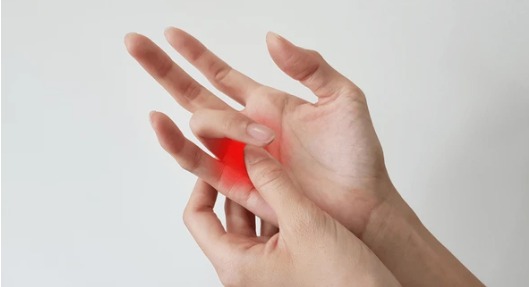
Understanding Trigger Finger (Stenosing Tenosynovitis)
Trigger finger, medically known as Stenosing Tenosynovitis, is a condition that affects the tendons in your fingers or thumb. It can cause pain, stiffness, and a sensation of locking or catching when you bend or straighten the affected finger or thumb.
What is Trigger Finger?
Trigger finger occurs when inflammation narrows the space within the sheath that surrounds the tendon in the affected finger. If you have trigger finger, the tendon can become momentarily stuck at the mouth of the tendon sheath tunnel when trying to straighten your finger. This can make your finger or thumb snap or pop when moved.
Symptoms
The symptoms of trigger finger may progress from mild to severe and include:
- Finger stiffness, particularly in the morning
- A popping or clicking sensation as you move your finger
- Tenderness or a bump (nodule) in the palm at the base of the affected finger
- Locking of the finger in a bent position, which suddenly pops straight
- Pain when bending or straightening the finger
Causes
The exact cause of trigger finger is not known, but several factors may increase the risk of developing this condition:
- Repetitive gripping activities which involve prolonged use of tools or musical instruments
- Certain health problems like diabetes and rheumatoid arthritis
- Congenital deformities in the hand
Treatment Options
The treatment of trigger finger varies depending on the severity. Treatment options include:
- Rest: Avoiding activities that cause pain.
- Splints: Wearing splints at night to keep the affected finger extended.
- Exercises: Gentle stretching and strengthening exercises.
- Medications: Anti-inflammatory medications or steroid injections to reduce inflammation.
Surgical Treatment
When conservative treatments are not effective, surgery may be considered. The surgical procedure for trigger finger is generally straightforward and is performed under local anesthesia. It involves making a small incision in the palm of the hand, and then cutting the affected part of the tendon sheath to widen it and allow the tendon to move freely again.
Recovery
Post-surgery, recovery may involve wearing a bandage for a few days and starting gentle mobility exercises. Most patients find relief from symptoms almost immediately after surgery, and full recovery typically takes a few weeks.
Surgical outcomes are generally excellent, with most patients experiencing a full return of function and resolution of locking and pain.
Conclusion
Trigger finger is a common yet treatable condition. If you are experiencing symptoms, early treatment can help alleviate pain and prevent further complications. Consult your orthopedic specialist to discuss the most appropriate treatment options for you.




